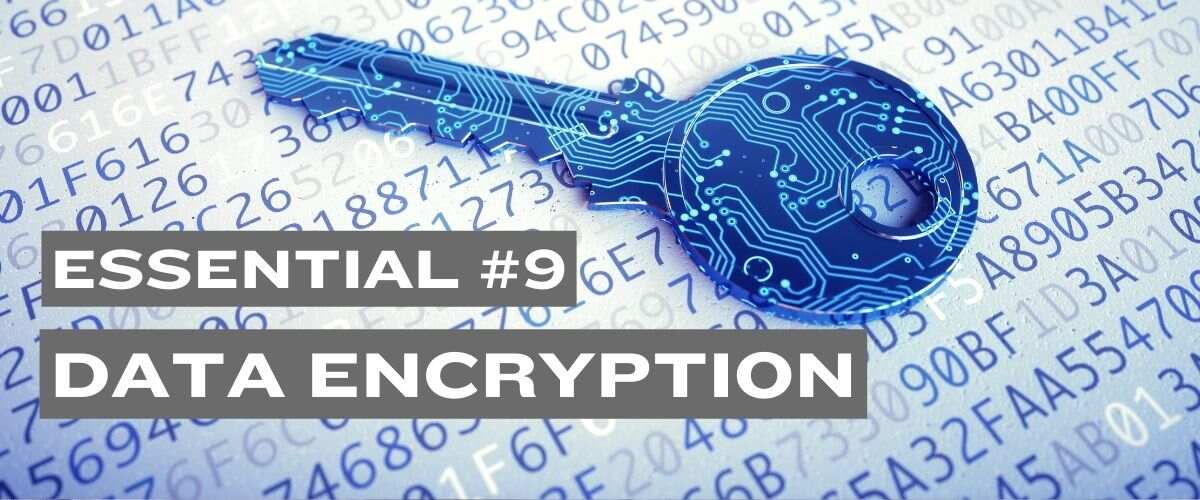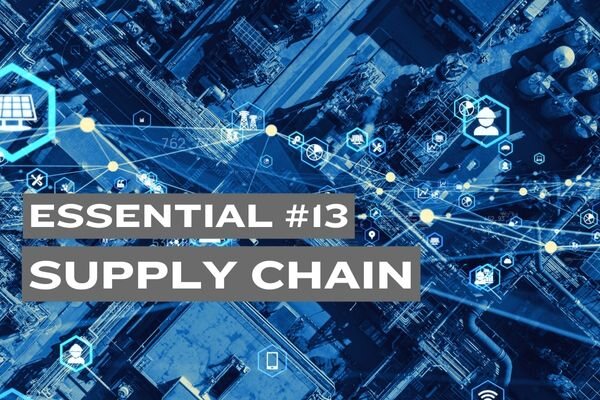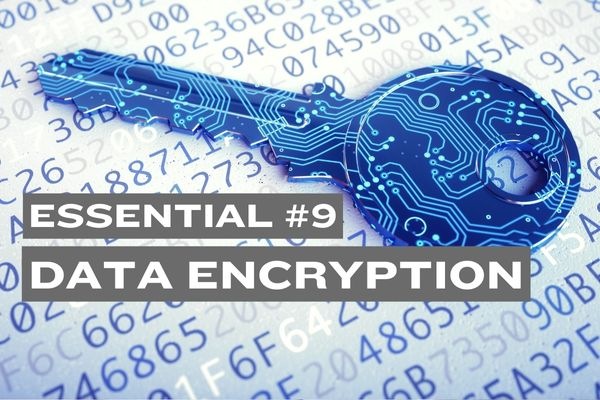Essential #9: Encrypt Your Sensitive Data

Encrypting your sensitive data is crucial to ensuring the confidentiality and security of your business. This key focuses on data encryption, both in transit and at rest, to prevent leaks and ensure regulatory compliance, especially within cloud environments.
🔐 Objectives of Encrypting Your Sensitive Data
- Protection: Ensure the confidentiality and integrity of sensitive data.
- Encryption in Transit and at Rest: Secure data during transfers and storage.
- Regulatory Compliance: Adhere to current standards and regulations.
- Reduce Risks of Unauthorized Disclosure: Minimize the chances of unintended or malicious data leaks.
- Anticipate Technological Evolutions: Prepare for advancements such as quantum computing.
🛠️ Concrete Actions to Implement Data Encryption
- Identify Sensitive Data
- Classification: Determine which data require encryption.
- Criteria: Establish clear criteria for data classification.
- Choose the Right Encryption Methods
- Symmetric vs Asymmetric Encryption: Select the method that best fits your needs.
- Use Proven Protocols: Implement protocols like AES for data at rest and TLS for data in transit.
- Implement Encryption
- In Transit: Use VPNs and/or SSL/TLS to secure communications.
- At Rest: Encrypt databases, hard drives, and cloud services.
- Manage Encryption Keys
- Secure Storage: Utilize Key Management Solutions (KMS) for storing encryption keys securely.
- Regular Rotation: Periodically change encryption keys to enhance security.
- Implement Encryption in the Cloud
- Native Encryption Features: Use encryption functionalities provided by cloud providers like AWS KMS and Azure Key Vault.
- Secure APIs and Access: Ensure encrypted communications and rigorously control access.
- Provide Training and Awareness
- Educate Teams: Train your teams on the importance of encryption and the techniques involved.
- Anticipate Risks Related to Quantum Computing
- Understand Threats: Gain a clear understanding of the potential threats posed by quantum computing.
- Integrate Quantum-Resistant Algorithms: Implement algorithms that are resistant to quantum attacks.
- Plan Migration to Post-Quantum Algorithms: Develop a strategy to transition to post-quantum cryptographic algorithms.
- Stay Informed: Keep up-to-date with advancements in quantum computing and cryptography.
- Monitor and Audit Encryption Practices
- Regular Checks: Conduct routine verifications to ensure encryption is properly implemented.
- Compliance Audits: Perform audits to verify adherence to security standards and regulations.
📈 Benefits of Encrypting Your Sensitive Data
- Enhanced Data Security: Strengthen the protection of your data.
- Increased Trust: Boost trust among clients, partners, and stakeholders.
- Regulatory Compliance: Ensure your business meets current security regulations.
- Reduced Risk of Data Leaks: Minimize the chances of unintended or malicious data disclosures.
- Anticipation of Quantum Threats: Prepare for future threats posed by quantum computing.
🔗 Stay Connected and Follow this Series
Follow our Blog to ensure you don't miss the upcoming posts in the "Security Essentials" series. By following this series, you will benefit from:
- Practical Advice: Concrete actions you can implement immediately to enhance your security posture.
- Proven Strategies: Approaches validated by cybersecurity experts to effectively combat threats.
- Recommended Tools: Technological solutions tailored to meet your specific security needs.
- Case Studies: Real-world examples demonstrating the effectiveness of best practices.
Whether you're an SME or a large enterprise, "Security Essentials" is designed to provide you with the knowledge and tools necessary to build a robust defense against cyber threats.
Together, let's build a strong and resilient defense against cyberthreats.





